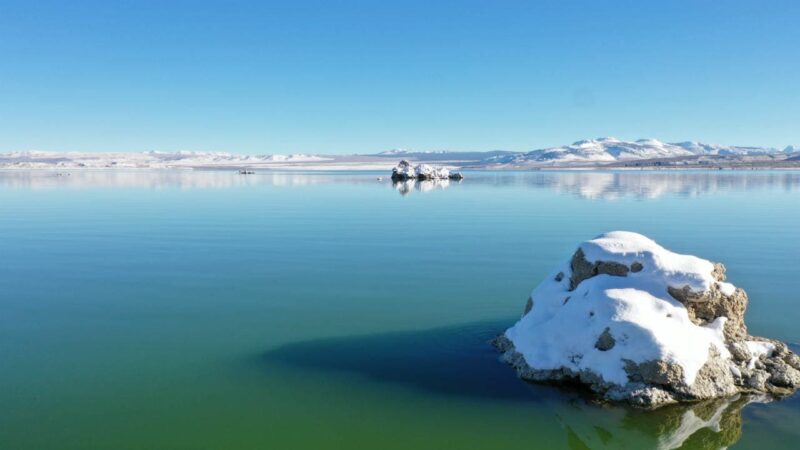If you enjoy spending time outside, you may also enjoy relaxing near a lake. Whether you’re just sitting on the coast admiring the scenery or you want to get in the water to wade or swim, the water has a calming effect on you.
On the other hand, lakes, like many other natural features, may be deadly, though. Nonetheless, accidents occur when individuals fail to exercise sufficient caution, but certain lakes are dangerous owing to natural factors that cannot be controlled by humans.
So, here is a list of the top most dangerous lakes in the US :
1. Lake Michigan
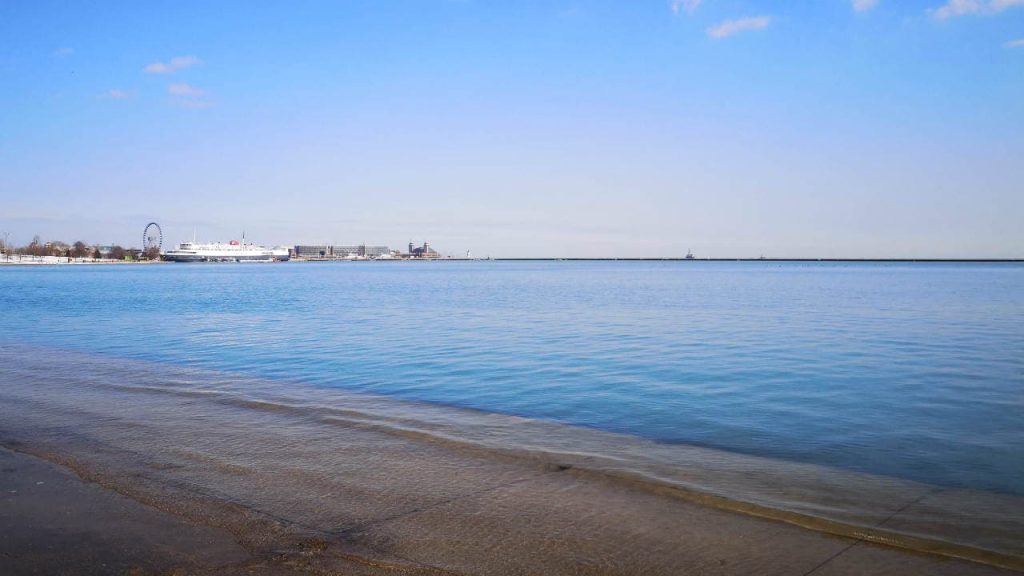
Located in both Canada and the U. S, Lake Michigan is one of the most dangerous lakes in the US. Even though this lake is a popular recreational destination for both residents and visitors alike, it is frequently ranked as the most dangerous lake in the US.
Incidentally, many people have died in Lake Michigan because of its powerful undercurrents. Rip currents are especially dangerous for swimmers because of the form of the lake. Several docks and piers along the Lake Michigan shoreline have been the site of body of water injuries and deaths.
Furthermore, in the fall, the waters of Lake Michigan are especially dangerous. During this time of year, the water and air variables fluctuate greatly, causing the tidal currents to be more powerful and unpredictable.
2. Lake Mead
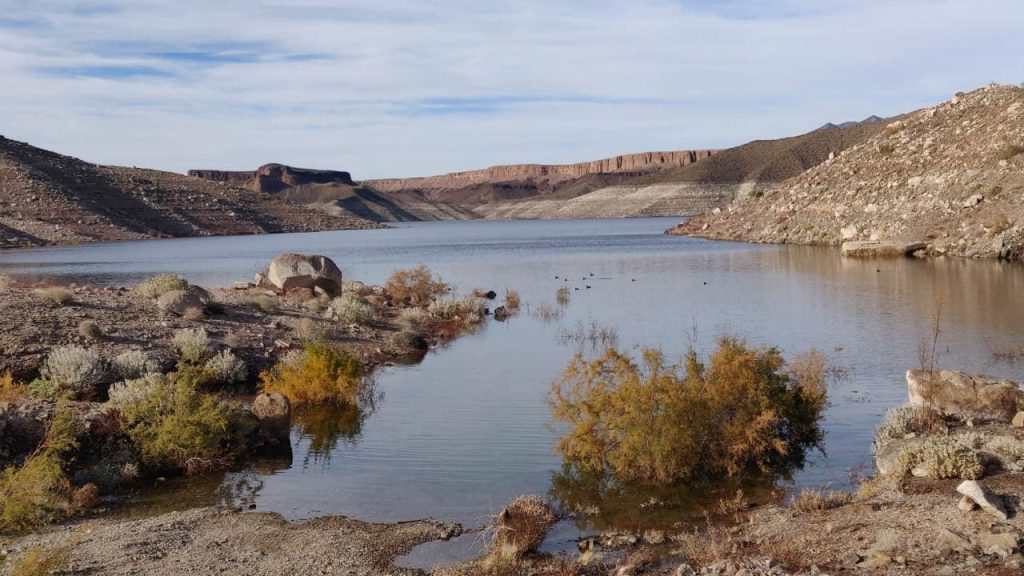
Lake Mead is the country’s largest artificial lake. One-third of lakes bigger than 10 acres in the United States have these toxin-producing algae, and this tendency is expanding globally. Both Lake Mead and Lake Mohave are plagued by blue-green algae in the autumn and spring.
Meanwhile, summers in the western United States have been drier and hotter during the last few decades. Each year, Lake Mead loses six feet of water due to evaporation alone. For human consumption and hydroelectric power generation purposes, this is a 300 billion gallon loss.
There have been more than 80 million visitors in a decade, and 99.9997 % of them have survived. The three most prevalent causes of death among people that did not drown were natural causes (59), motor vehicle collisions (87), and drowning (39).
3. Lake Lanier
Deaths in the water are becoming more and more common on the Lake, from accidental drownings and accidental deaths to automobiles crashing into the lake for no discernible cause. Probably the most well-known and the most dangerous lakes in the US as well as in the state of Georgia.
Between 1999 and 2018, there were 57 boating deaths and 145 drownings in Lake Lanier. There were 43 deaths at Lake Lanier alone between 2015 and 2021. According to Georgia’s Department of Natural Resources, Lanier had 128 watercraft incidents between 2015 and 2018.
Meanwhile, there are others who believe Lake Lanier’s murky waters, a bottom littered with tree trunks and other debris, and an abrupt drop in the lake’s floor make it unsafe for swimmers.
You might find it useful to know about the deepest lakes in the US.
4. Mono Lake
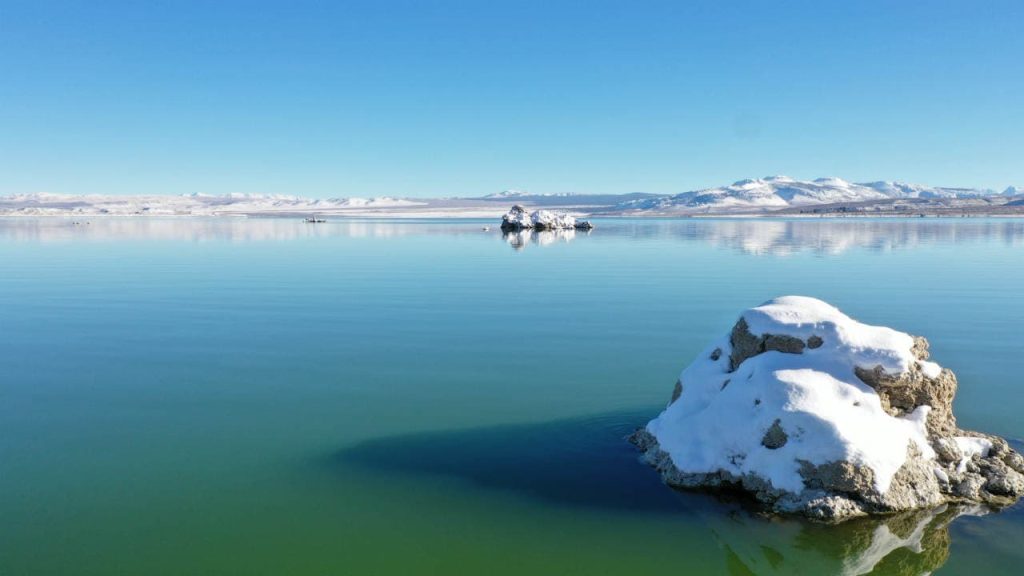
Since its heyday as a world-famous ecosystem, Mono Lake in California’s Mono County has fallen into disrepair. There have been no fish at Mono Lake since it is a salty lake, but caustic flies and Artemis salina abound. Before 1941, Mono Lake was a lovely and peaceful expanse of water.
Eventually, Mono Lake’s volume had shrunk, and its salt content had more than quadrupled at this point. A toxic mix of dangerous sulfates, carbonates and chlorides flooded the lake, making it unsafe for both wildlife and humans.
The mayor of Los Angeles has established a committee to address this issue, but the initiative is projected to take several years to complete.
5. Lake of the Ozarks
“Lake of the Ozarks” conjures up images of a peaceful getaway. This lake, on the other hand, is everything from tranquil. Race boats and other forms of competition are common on the lake since no one supervises what goes on there.
There is a drag racing-like culture in the lake, which means that many racers take risks in the water that might put smaller boats at risk. The Lake of the Ozarks has also been shown to contain high amounts of E. coli, making it one of the most dangerous lakes in the US.
6. Jacob’s Well
Texas is the location of Jacob’s Well. Even in the sweltering heat of Texas, its cold waters beckon. It’s important to note that the lake is quite deep, and numerous individuals have gone missing after jumping in. Several submerged caverns may be found near Jacob’s Well. Some are 100 feet deep.
Jacob’s Well has so far been reported to contain approximately 6,000 feet of tunnels. Even researchers who are able to secure the necessary permissions to investigate underwater caverns are barred from doing so. This is a clear indication of the dangers of water.
Make sure to check out the largest man made lakes in the US.
7. Horseshoe Lake
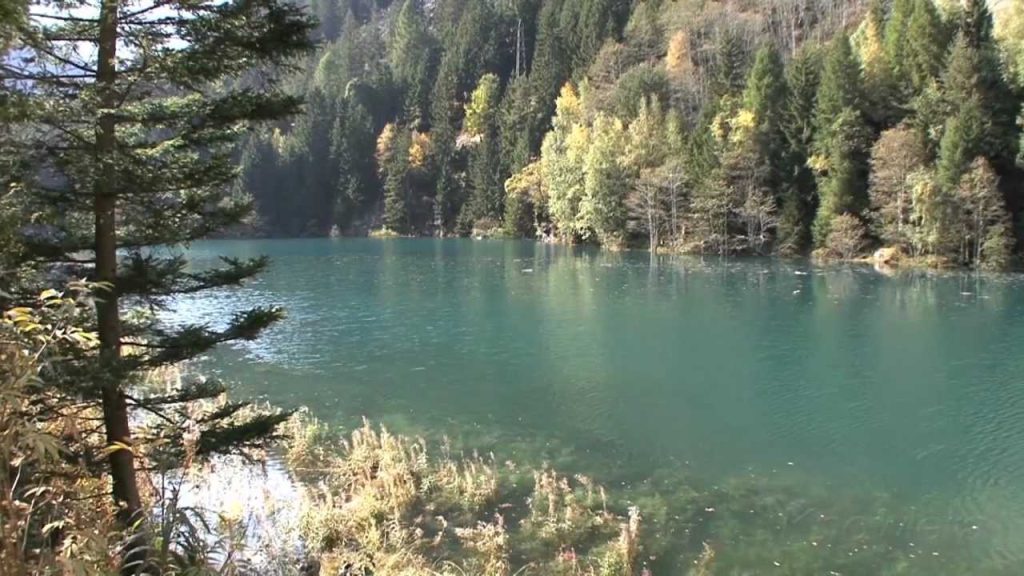
Horseshoe Lake in California is surrounded by hundreds of acres of dead trees, making it an ideal site for a picnic and a hike. Between 1989 and 1990, a series of earthquakes opened up pathways for carbon dioxide to migrate from the liquid below, culminating in the dead trees.
Eventually, a warning system has been implemented around the lake due to fluctuations in carbon dioxide levels caused by bouts of depression in the ground as well as over the lake itself. While the lake is generally harmless, there have been a few deaths associated with the gas.
8. Lake Havasu
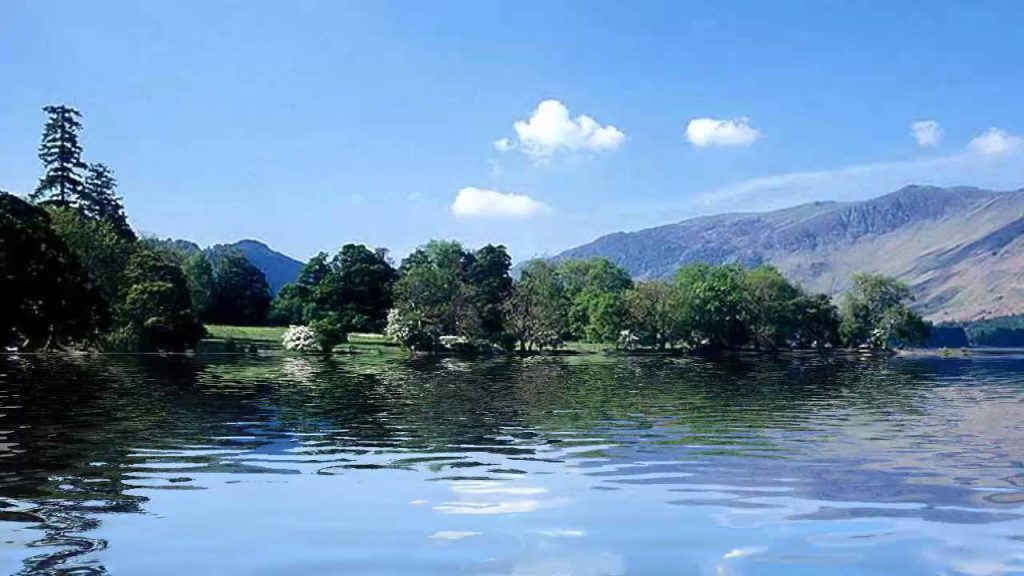
Lake Havasu is a man-made lake in Arizona that is extremely hazardous and well-known as the the most dangerous lakes in the US for a variety of reasons. Yes! It is possible to swim comfortably in Lake Havasu as well as other warm bodies of water. Even though Naegleria Fowler may be present in a broad variety of freshwater lakes across the world, infections are exceedingly uncommon.
An abundance of wildlife can be found in this refuge, including peacocks and peregrine falcons as well as desert bighorn sheep as well as larger roadrunners. In the rear of Beal Lake, thousands of bats and razorback suckers emerge from ancient mines.
9. Lake Mohave
The Lake Mohave Recreation Area is managed by the National Park Service and is a component of the Lake Mead Recreation Area. Most of Lake Mohave’s length is within the sheer, shallow walls of Black, El Dorado, Painted and Pyramid canyons, which are deep and narrow compared to Lake Mead, another most dangerous lakes in the US.
The Lake Mead National Recreation Area has closed a portion of Lake Mohave due to high bacteria levels. Cottonwood Cove has been closed to surfing, paddleboarding, and other activities until further notice due to concerns about excessive bacteria levels and possible health effects.
10. Lake Washington
One of the most dangerous lakes in the US is Washington’s Lake Washington, which is located in that state. This lake is teeming with dangerous substances and the elements. Many of the sticky substances found in Lake Washington are produced by the lake itself.
The water of this lake is ice-cold. Due to the lake’s location in the heart of the Seattle-Tacoma-Bellevue metro region, two beaches and wildlife areas including the endangered Chinook salmon and bald eagles may be found nearby. It has been designated as a Superfund site because of its environmental impact. So be careful if you want to stay close to the lake.
11. Devil’s Swamp Lake
In a recent investigation of fish and seafood tissues, PCB and mercury levels detected in Devil’s Swamp Lake might be harmful to human health. We can see that the name is perfectly suited to the lake’s characteristics.
Swimming in this lake has been prohibited since 1997, and the government is well aware of it. Even consuming fish and other species from this lake is prohibited.
12. Lake Erie
The shallowest of the Great Lakes, Lake Erie is prone to strong waves, white caps, and choppy seas when the wind blows from the west which places it among the most dangerous lakes in the US. The average depth of Lake Erie is 200 feet, whereas the average depth of Lake Ontario is closer to 400 feet, with a maximum depth of nearly 750 feet.
More suited to freighters and ocean-going vessels. Alga blooms in Lake Erie are generating both a massive dead zone where no species can live and a drinking water catastrophe in Toledo that has made national headlines.
13. Lake Pleasant
Lake Pleasant is both wonderful and at the same time dangerous. An unskilled swimmer is at risk in the lake, where danger hides only a few feet below the surface. As a result of this, the U. S Coast Guard ranks it as one of the country’s 15 most hazardous bodies of water for boaters.
Authorities in the area remind fishermen not to drink and drive, and to make sure they have extra life jackets in their possessions. Carbon monoxide poisoning is also a concern when numerous boats are in proximity to one another. For a few areas, the depth drops to 300 feet.
Swimming in water that is several feet below the surface might cause swimmers to gasp for breath due to the sudden drop in temperature.
14. Onondaga Lake
Onondaga Lake, once derided as the nation’s most contaminated lake, is slowly but surely recovering due to the EPA. Mercury, herbicides, and even human excrement were all part of the noxious concoction.
A total of 2.2 million cubic yards of contaminants from the lake-bed were dredged and removed between 2012 and 2014 by individuals named by the Environmental Protection Agency as “responsible parties.”
15. Lake Winnipesaukee
The largest lake in the U.S. state of New Hampshire, Lake Winnipesaukee is situated in the Lakes Region at the base of the White Mountains. It spans 69 square miles—71 square miles when Paugus Bay is included—and is around 21 miles long and 1 to 9 miles wide with a maximum depth of 180 feet.
16. Lake Chelan
A slender lake with a length of 50.5 miles, Lake Chelan is located in Chelan County in north-central Washington state. It was, by any standard, the biggest natural lake in the state prior to 1927.
In conclusion, as most of our top four selections have revealed, some lakes are renowned as the most dangerous lakes in the US due to their natural design, while others have become so due to careless human meddling. For those who have been injured in the presence of the latter, the best part is that those responsible can be held liable for their actions.

